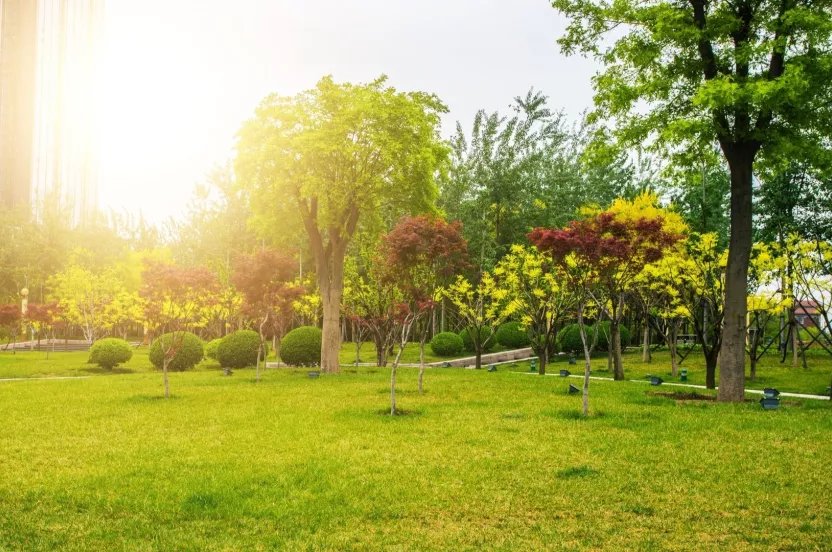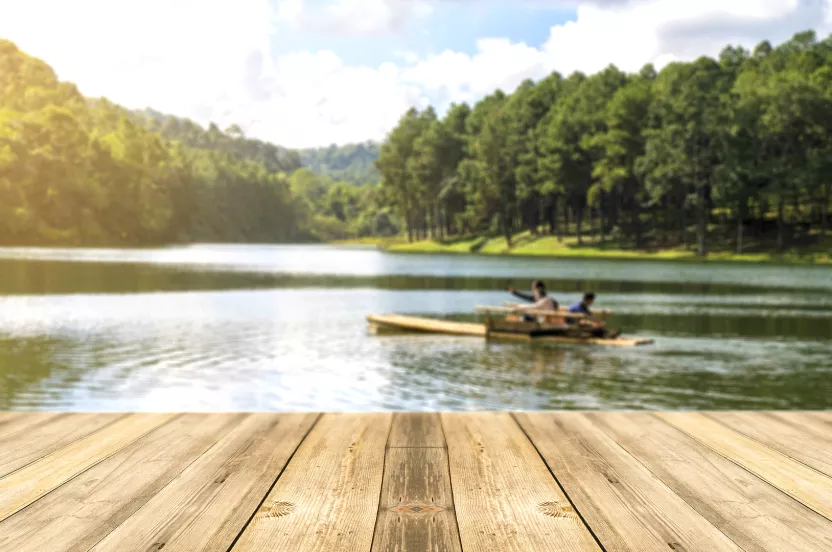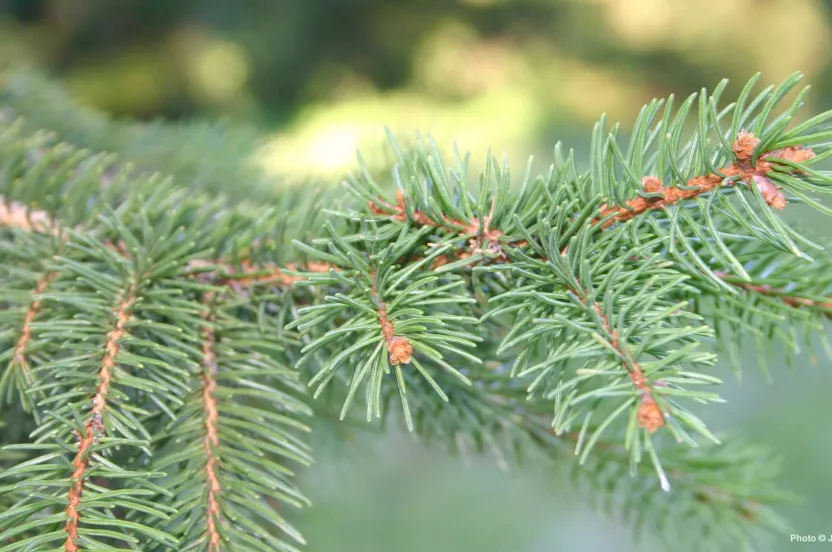(Gleditsia triacanthos)
You may recognize the resemblance the thornless honeylocust shares with its relatives the honeylocust and the waterlocust of the deep South— minus the sharp thorns that cover its branches. The thornless honeylocust is popular for its ability to grow in urban stress areas such as parking lot islands and sidewalks. In fact, it has become so overused in some cities that it has become discouraged to plant to prevent monoculture. When too many of the same species are planted it can increase the threat of pests and disease.
This popular tree has a lot of great characteristics that make it a great contender to add to your landscape if it’s not prevalent in your area. Here are a few things to note if you’re considering adding one to your yard.
Environmental Conditions:
- Thornless Honeylocust grow best in deep, moist, fertile soils that are either neutral, slightly alkaline or slightly acidic (hardiness zones 3-9). Avoid highly acidic soils.
- Fast growing tree, growing more than two feet a year and reaching 30-70 feet at maturity.
- Prefers full sun, at least six hours of direct sunlight every day.
- Can be used on hillsides to stabilize poor soil and control erosion.
Physical Attributes:
- Has small, greenish-yellow blossoms around spike-like stalks, not particularly showy but are notably fragrant. The flowers are a good source for bees.
- Develops a thin, airy crown that provides dappled shade while allowing grass to grown beneath.
- Produces brown seeds pods resembling twisted leather straps that are popular among rabbits, deer and squirrels.
Tag us in a photo of your thornless Honeylocust!




